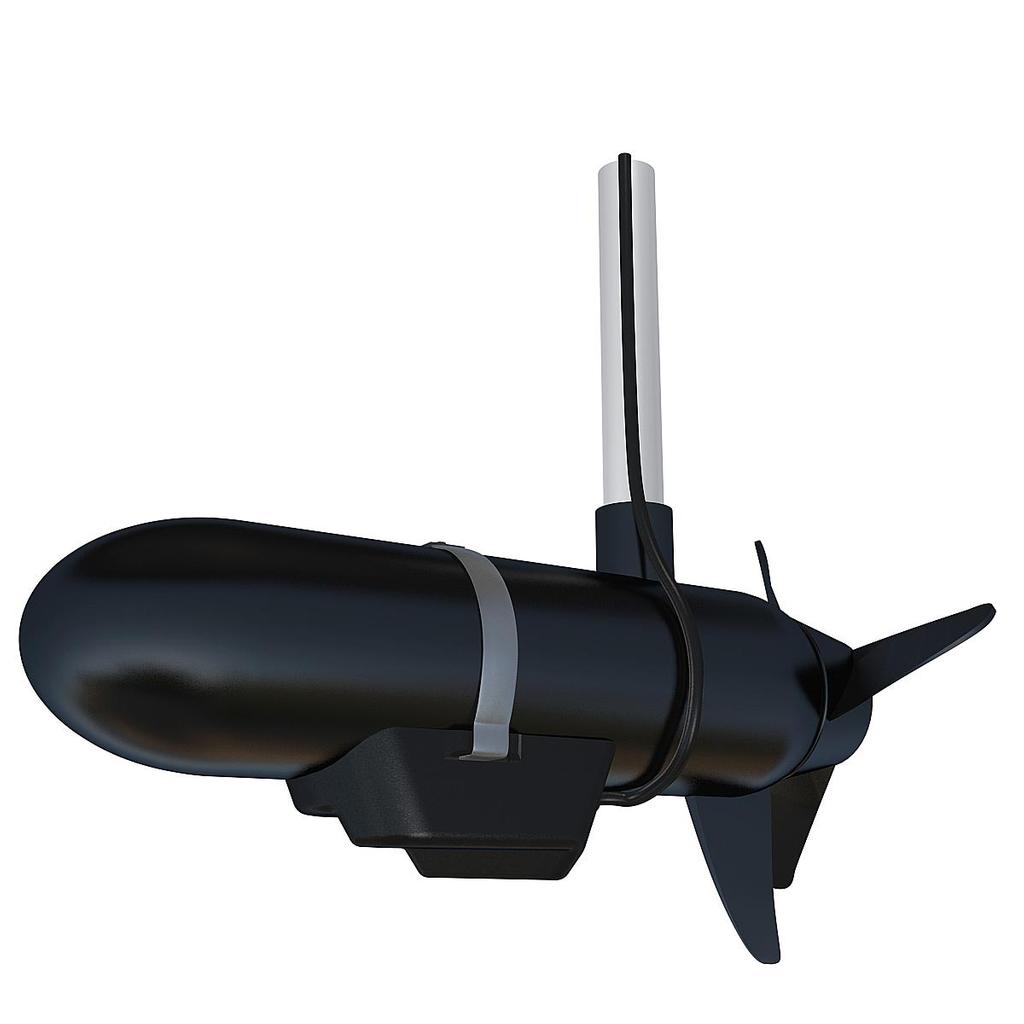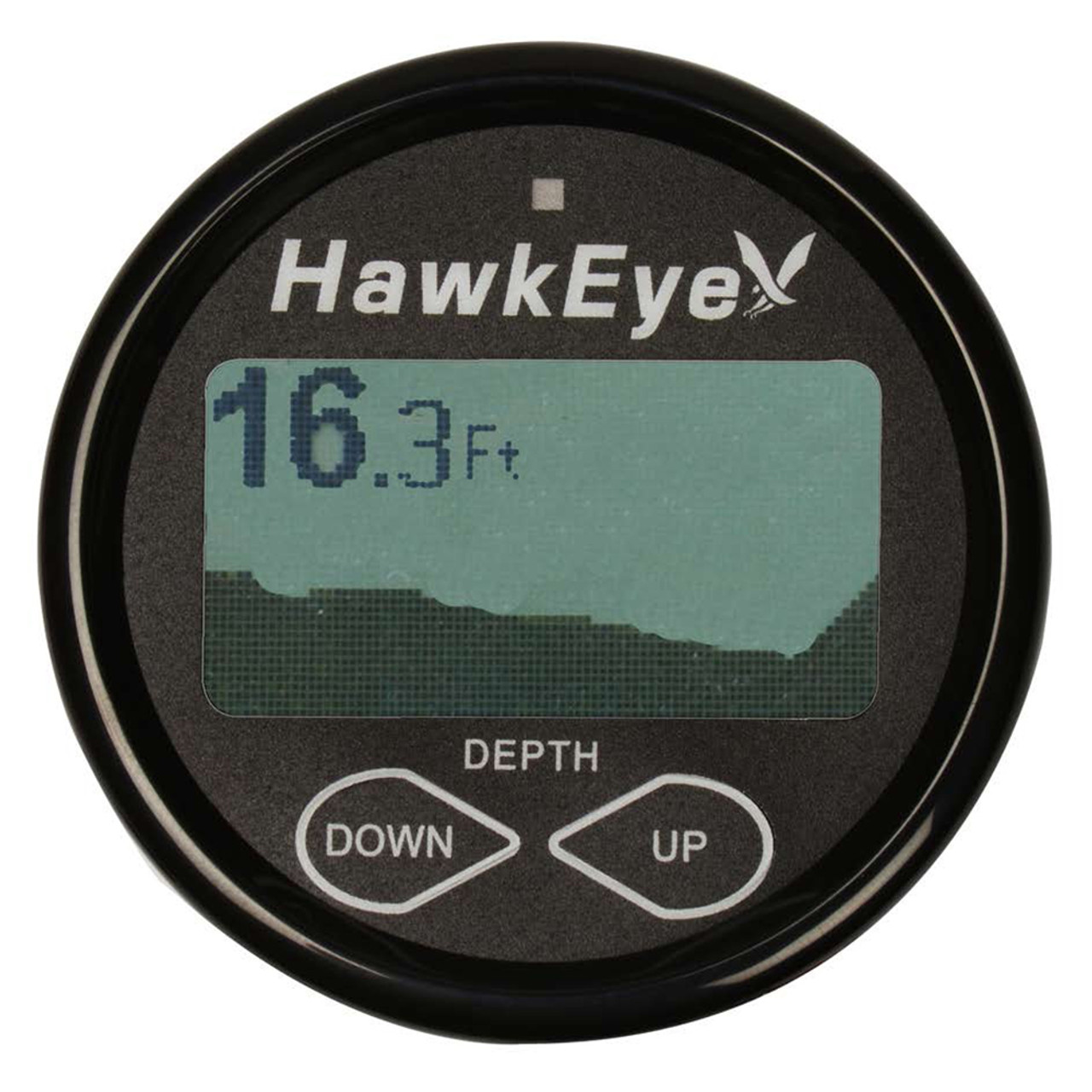To get fish arches on Lowrance, ensure your device is set to the appropriate frequency and sensitivity, adjust the transducer position, and use a narrow beam angle. With these settings, you will be able to detect fish arches more effectively.
Lowrance is a renowned brand in the field of fish finders, providing anglers with accurate and reliable information about what lies beneath the water’s surface. One of the key features of a fish finder is the ability to identify the presence of fish using arch-like patterns on the display, known as fish arches.
These arches indicate the position and movement of fish, helping anglers target their catch. However, getting clear and distinct fish arches on a Lowrance fish finder requires a few considerations regarding frequency, sensitivity, transducer placement, and beam angle. By following the right techniques and settings, you can maximize your chances of spotting fish arches and improving your fishing success. We will explore the steps to get fish arches on a Lowrance fish finder.
Understanding Sonar Technology
Sonar technology is essential for understanding fish arches on a Lowrance device. It provides detailed information about underwater objects and structures, making it easier to locate fish. Sonar uses sound waves to create images based on the echoes it receives.
This technology has different types, such as side imaging and down imaging, each offering its own benefits. By using sonar technology, anglers can save time and increase their chances of having a successful fishing trip. Some advantages of using sonar technology are its ability to detect fish, identify underwater vegetation, and locate underwater structures like reefs and drop-offs.
Its portability and user-friendly interface make it accessible to both professional fishermen and hobbyists alike. With a good understanding of sonar technology, you can greatly enhance your fishing experience and increase your catch rate.
Sonar Basics: How Does It Work?
Sonar technology is the foundation of understanding fish arches on Lowrance devices. The basic principle is simple: a transducer emits sound waves into the water, which bounce off objects and return as echoes. By analyzing the time it takes for the echoes to come back, the device creates a visual representation called a fish arch.
Transducers play a crucial role in this process as they convert electrical signals into sound waves and vice versa. They emit and receive the sonar signals that enable the device to interpret underwater data. Understanding the interpretation of sonar data is vital for identifying fish arches accurately.
By analyzing the shape, size, and movement of the arches, anglers can determine the location and behavior of fish. With this knowledge, users can effectively utilize their Lowrance devices to improve their fishing experience.
Optimizing Your Lowrance Sonar For Fish Arches
Optimizing your Lowrance sonar for fish arches is crucial in ensuring a successful fishing trip. One of the key steps to achieve this is by choosing the right sonar settings. Adjusting the frequency and sensitivity of your sonar is paramount in detecting fish arches accurately.
Lower frequencies are ideal for deeper water, while higher frequencies work better for shallow areas. Finding the right balance is essential. Moreover, understanding the sonar cone angle plays a significant role. A narrower cone angle provides a more detailed view of the fish directly beneath your boat, while a wider cone angle covers a larger area but with less detail.
Experimenting and finding the best settings for your specific fishing conditions will greatly enhance your chances of spotting fish arches on your Lowrance sonar. Happy fishing!
Locating Fish And Identifying Fish Arches
Locating fish and identifying fish arches is crucial when it comes to using Lowrance for fishing. The sonar display plays a key role in interpreting the underwater world. Differentiating fish arches from other sonar returns is essential to find your target.
By utilizing sonar technology effectively, you can locate fish with ease. Remember to adjust the sensitivity and understand the sonar’s capabilities to enhance your success. Pay attention to the size, shape, and movement of the fish arches on the sonar display.
Keep track of depth and structure changes, as fish tend to gather in those areas. Utilize GPS features to mark productive spots and revisit them in the future. With practice and experience, you’ll become proficient in identifying fish arches on Lowrance and enjoy a successful fishing expedition.
Fine-Tuning Your Sonar For Fish Arches
Fine-tuning your sonar is crucial for obtaining accurate fish arches on a Lowrance fishfinder. To enhance your fishing experience, make sure to set up the A-Scope and Fish ID features. Adjust the depth range and zoom settings to focus on the desired areas.
When it comes to improving target separation, utilize the dual-frequency feature. By doing so, you can enhance the clarity and visibility of underwater structures and fish. Utilizing these techniques will help you achieve better fishing results with your Lowrance fishfinder.
Keep in mind that fine-tuning your sonar is the key to accurately locating and identifying fish arches. So, take the time to optimize your settings for maximum effectiveness on the water.
Advanced Techniques For Getting Accurate Fish Arches
Advanced techniques can help you achieve accurate fish arches on your Lowrance fish finder. One important technique is applying interference rejection to eliminate signal disturbances. Another is utilizing the bottom lock feature to focus on the bottom of the water column.
The fish alarm feature can also be used to identify fish targets. To enhance accuracy, it is crucial to minimize noise and interference by adjusting sensitivity levels and avoiding crowded signal areas. Pay attention to natural factors that can affect sonar performance, such as water depth and temperature.
By incorporating these techniques, you can optimize your Lowrance fish finder’s ability to display clear and reliable fish arches, improving your chances of a successful fishing experience.
Additional Tips And Tricks For Mastering Sonar Technology
For those seeking to master sonar technology and achieve fish arches on Lowrance devices, there are additional tips and tricks to consider. One useful strategy is to utilize GPS mapping alongside sonar, allowing for accurate tracking of fishing spots. Another technique is integrating the capabilities of Down Imaging and Side Imaging, which provide a comprehensive view of underwater structures and fish activity.
To optimize sonar usage, it is important to follow best practices such as adjusting sensitivity settings, using narrower sonar beams for enhanced detail, and regularly updating software. By implementing these strategies, anglers can improve their ability to locate and target fish, enhancing their overall fishing experience.
Troubleshooting Sonar Performance Issues
Fish arches on Lowrance sonar can be achieved by troubleshooting common performance issues. Proper maintenance and care for sonar equipment is crucial in ensuring accurate fish arch displays. Regularly cleaning the transducer and checking for any damages or obstructions will optimize sonar performance.
Additionally, ensuring the correct settings are selected for specific fishing conditions can improve the appearance of fish arches on the display. However, if the troubleshooting steps do not resolve the issues, it is recommended to seek professional help. Professional sonar technicians have the expertise to diagnose and fix any complex problems that may affect the sonar’s performance.
By following these steps and seeking professional assistance when needed, anglers can enjoy optimal sonar performance and effectively locate fish arches on their Lowrance sonar system.

Credit: issuu.com
Frequently Asked Questions Of How To Get Fish Arches On Lowrance
How Do I Get Fish Arches On Lowrance?
To get fish arches on Lowrance, make sure you have the correct settings. Adjust the sensitivity, zoom, and ping speed for optimal results. Also, fish id and colorline settings can help enhance the visibility of fish arches on your screen.
Why Are Fish Arches Important On A Fishfinder?
Fish arches are important on a fishfinder because they indicate the presence of fish. These arches show the size and movement of the fish, providing valuable information for anglers. Understanding how to interpret fish arches can significantly improve your fishing success.
What Causes Fish Arches To Appear On A Fishfinder Display?
Fish arches appear on a fishfinder display due to the sonar technology used. When the sonar beam hits a fish, it reflects back to the transducer, creating an arch-shaped signal on the screen. This signal is interpreted as a fish arch, providing valuable information about the location and behavior of the fish.
Conclusion
Getting fish arches on your Lowrance fish finder is key to successful fishing. By following the tips and techniques discussed in this blog post, you can maximize your chances of detecting fish and increasing your catch. Remember to ensure that your transducer is mounted correctly and adjusted properly for optimal sonar performance.
Experiment with different frequencies and sensitivity settings to find the best combination for the water conditions you are fishing in. Utilize downscan and sidescan imaging to get a comprehensive view of the underwater environment. Pay attention to the contour lines and structure on your fish finder screen, as these can indicate potential fish-holding areas.
Lastly, use your newfound knowledge to interpret the fish arches on your Lowrance and distinguish between different species and sizes of fish. With practice and patience, you will become a skilled angler who can effectively utilize their fish finder to target and catch fish.
Happy fishing!





